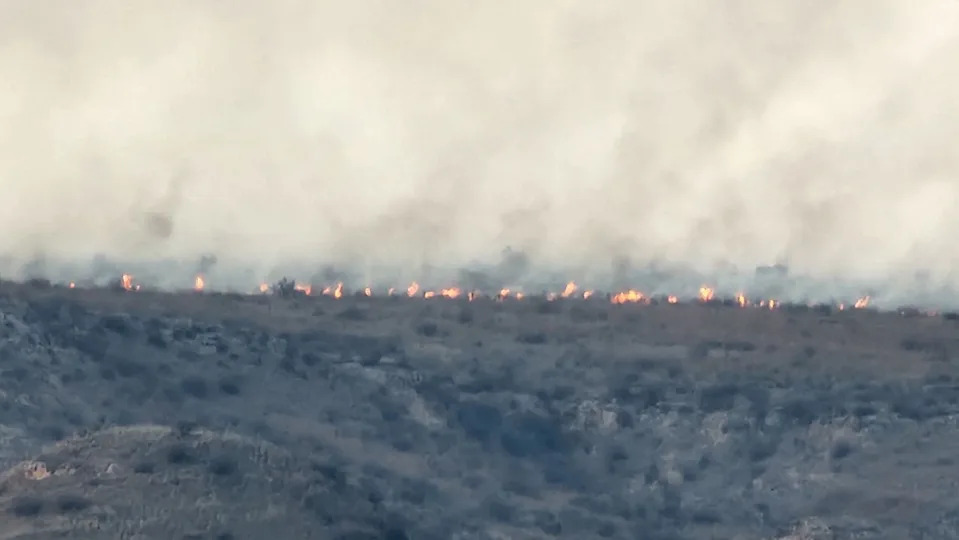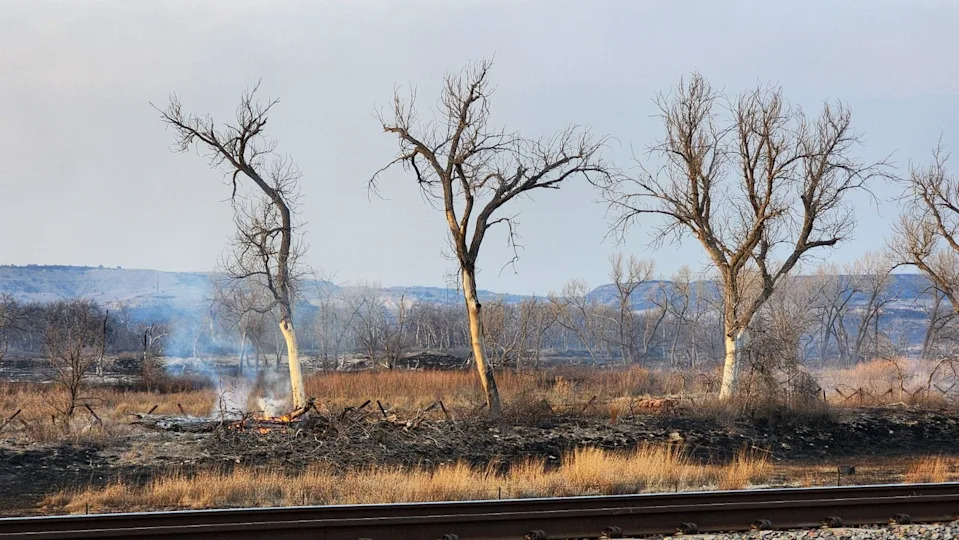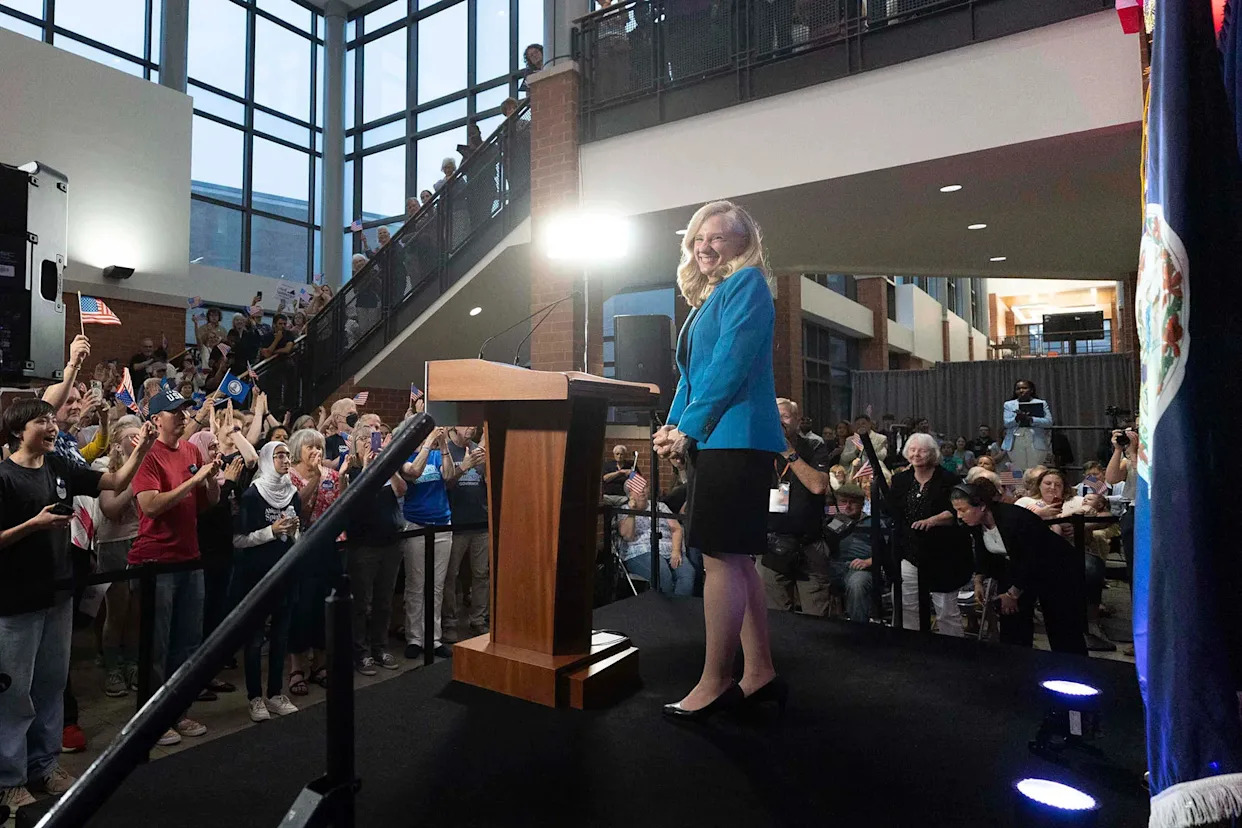A wildfire detection and broadband pilot program is launching across the Texas Panhandle, backed by a $125,000 grant from the Amarillo Area Foundation and designed to address one of the region’s most persistent and destructive threats.
The initiative, called AgriShield, is being developed by The RANGE, a regional innovation nonprofit focused on rural resilience. The pilot combines wildfire sensors, live monitoring and broadband expansion to help landowners and emergency responders detect wildfires earlier and respond more effectively.
“The past couple of years have been a sobering reminder of just how high the stakes are,” said Jacob Cates, digital initiatives coordinator at The RANGE. “Fires don’t just destroy land — they threaten livelihoods, infrastructure and entire communities. This pilot is about preventing devastation before it starts.”
Foundation funding kickstarts project
The Amarillo Area Foundation is contributing $125,000 toward the project’s estimated $340,000 total cost. The remainder will come from in-kind donations — including volunteer support from RANGE team members — and contributions from private partners such as Pantera Energy.
“This shows a significant investment in our region, not just from us but from everyone who believes in building a more resilient Panhandle,” Cates said. “We’re still seeking additional partners, whether they’re landowners, oil producers or rural communities.”
The AgriShield project was conceived in the wake of the 2024 Smokehouse Creek Fire, the largest wildfire in Texas history. The blaze scorched more than 1 million acres, destroyed homes and ranchland, and underscored the urgent need for faster, smarter wildfire detection systems — particularly in remote areas with limited infrastructure.
“The scale of that fire showed us just how quickly things can get out of control,” Cates said. “We want to give our region a better chance to act before it’s too late.”


How it works
AgriShield will deploy early detection sensors in high-risk locations such as rangeland, non-irrigated farmland and energy infrastructure sites. The goal is to identify early signs of combustion — such as smoke particulates — before fires spread.
“We’re starting in areas that don’t typically have good broadband or sensor coverage,” Cates said. “These are economically important zones that need better tools.”
Craig Cunningham, principal investigator and technology lead for the project, said the team is evaluating particulate sensors that can be deployed in sparse configurations to create triangulated alerts.
“These sensors will give us ground-level signals,” Cunningham said. “Combined with satellite imagery from the National Weather Service, we believe we’ll be able to pinpoint hotspots early enough to take action before serious damage is done.”
Similar systems have been tested in Canada and Africa. The RANGE is reviewing those models to guide its own approach.
What is a particulate sensor?
A particulate sensor is a small device that detects tiny airborne particles — like ash or dust — that are often the first sign of wildfire activity. A beam of light inside the device bounces off particles in the air, triggering an alert when smoke levels rise.
These sensors are especially useful in remote or wide-open areas. In the AgriShield pilot, they’ll send data to a centralized dashboard in Amarillo, helping responders quickly spot and verify unusual smoke patterns.
Bridging the broadband gap
AgriShield is also a test case for rural broadband infrastructure — long recognized as a critical need in the Texas Panhandle.
“Most of the rangeland we’re targeting has no connectivity,” Cates said. “That’s a huge problem, not just for fire prevention but for economic development and agricultural innovation.”
The pilot will rely on a mix of technologies, including possible interim solutions like Starlink or Amazon’s Project Kuiper, until more permanent infrastructure such as fiber or fixed wireless is established.
“Broadband is the foundation for connected agriculture,” Cates said. “We want this project to help prove that investment in rural broadband is worth it — not just for homes, but for land, business and emergency response.”
Recruiting landowners and partners
The RANGE is currently recruiting at least four landowners to participate in the pilot. Several have already expressed interest, including one who contacted the team after losing land in a wildfire several years ago.
“We’ve also had strong interest from energy companies,” Cates said. “They see the value in protecting assets and ensuring continued productivity.”
Participating landowners will receive training on how to use the system, monitor alerts and coordinate with local officials.
Site selection, data modeling and equipment testing are already underway. The RANGE anticipates initial deployment could begin in the coming months, as partner sites are confirmed and sensors are calibrated for field conditions.
A new team member is also being brought on to manage data infrastructure and help coordinate training with landowners and emergency managers.
Preventing false alarms
To avoid sending emergency crews out unnecessarily, the team is building a three-tiered verification system. Sensor alerts will be cross-referenced with satellite data and validated with partners like Xcel Energy and the National Weather Service before escalating to emergency managers.
“We know false positives are a real risk,” Cunningham said. “That’s why we’re working closely with experts to validate alerts before action is taken. We want early warnings — but not at the cost of sending out crews for something that’s not a threat.”
Measuring success
The RANGE plans to publish a white paper summarizing the results of the pilot. A white paper is a public-facing research report that documents what worked, what didn’t, and whether a pilot model like this one should be expanded or replicated in other communities.
Key benchmarks for success will include:
Whether sensors can survive extreme Panhandle weather
Whether the system is cost-effective for landowners
Whether the data is accurate and actionable
Whether broadband expansion measurably improves wildfire response
“If this works, we’ll pursue state and federal funding for expansion,” Cates said. “This is about showing what’s possible when we invest in local innovation.”
A bigger mission
AgriShield is just one project under The RANGE’s broader mission to address rural challenges in the Texas Panhandle. The nonprofit also works on regional issues involving water conservation, workforce development, rural healthcare and broadband equity.
“This isn’t just about sensors,” Cates said. “It’s about building smarter infrastructure for the future of rural Texas.”
Cunningham said the team views this as a first step toward more integrated tools that empower local communities.
“We’re excited,” he said. “This is a chance to solve a real-world problem right here at home — and build a model that could help other rural regions across the country.”
This article originally appeared on Amarillo Globe-News: The RANGE to launch AgriShield wildfire pilot with $125K grant








Comments